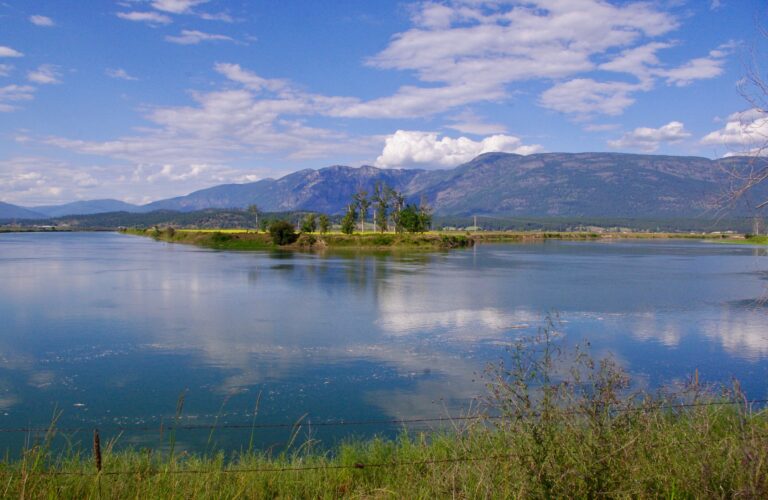Kootenai Valley, tucked away in the picturesque northwest corner of Montana, is a hidden gem that offers breathtaking landscapes, abundant wildlife, and a rich history. But timing your visit is crucial. You don’t want to find yourself shivering in the cold or sweating under the blazing sun. So, when’s the best time to explore this natural paradise? Let’s break down the seasons and help you plan the perfect trip. For more information and the latest updates about the Kootenai Valley region, you can visit https://kootenaivalleytimes.com/.
Spring: The Awakening of Nature (March to May)
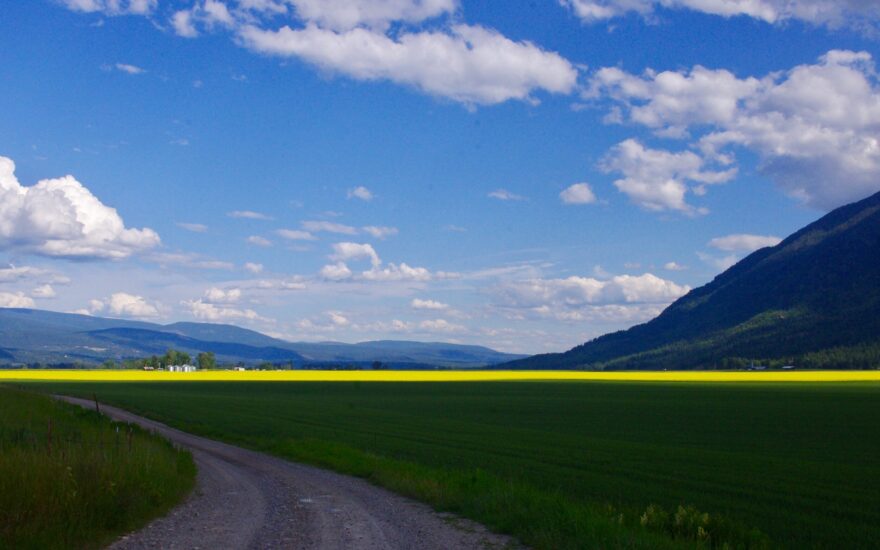
Spring in Kootenai Valley is a magical time. As the snow melts, the valley comes alive with blooming wildflowers and budding trees. The air is filled with the fresh scent of new growth, and the sounds of birds returning from their winter migrations echo through the landscape. It’s a season of renewal, making it a great time for nature lovers to visit.
The temperatures are mild, usually ranging from the mid-40s to 60s Fahrenheit (7-15°C), making it perfect for outdoor activities like hiking and picnicking. However, spring can be unpredictable.
Early March might still feel like winter, with occasional snowfall that can leave a light dusting on the trees. But by late April, the landscape transforms into a lush green canvas, with rivers swelling from the melting snow and flowers carpeting the meadows.
This season is ideal for hiking, bird watching, and fishing. Just remember to pack layers, as the mornings can be chilly, and temperatures can fluctuate throughout the day.
Summer: The Peak Season (June to August)
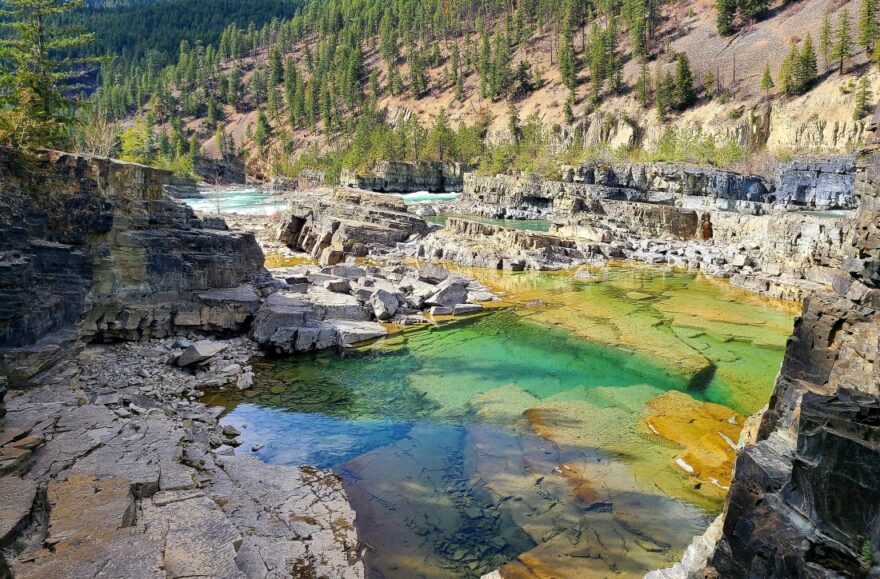
Summer is the most popular time to visit Kootenai Valley. The days are long, warm, and filled with opportunities for adventure. With temperatures ranging from 70s to 80s Fahrenheit (21-29°C), it’s perfect for swimming, kayaking, and exploring the numerous trails that wind through the valley.
The region’s lush greenery and vibrant wildflowers make it a picturesque destination, perfect for photography and nature walks. One of the biggest draws in the summer is Lake Koocanusa, a large reservoir perfect for water sports. The lake’s crystal-clear waters are inviting for swimming, while its vast expanse offers ample space for boating and paddleboarding.
The Kootenai River, which flows through the valley, offers excellent fishing and rafting opportunities, with trout and other fish species abundant in its waters. Wildlife is also abundant, with elk, deer, and even the occasional bear making appearances, adding to the excitement of exploring the area.
However, summer can get crowded. If you’re not a fan of busy trails and campsites, consider visiting during the shoulder seasons, like late spring or early fall, when the weather is still pleasant but the crowds have thinned out. Also, be prepared for the occasional heatwave, which can push temperatures into the 90s (32°C), making midday activities less comfortable. Always have water and sun protection with you to stay safe and enjoy your adventures.
Fall: The Golden Season (September to November)
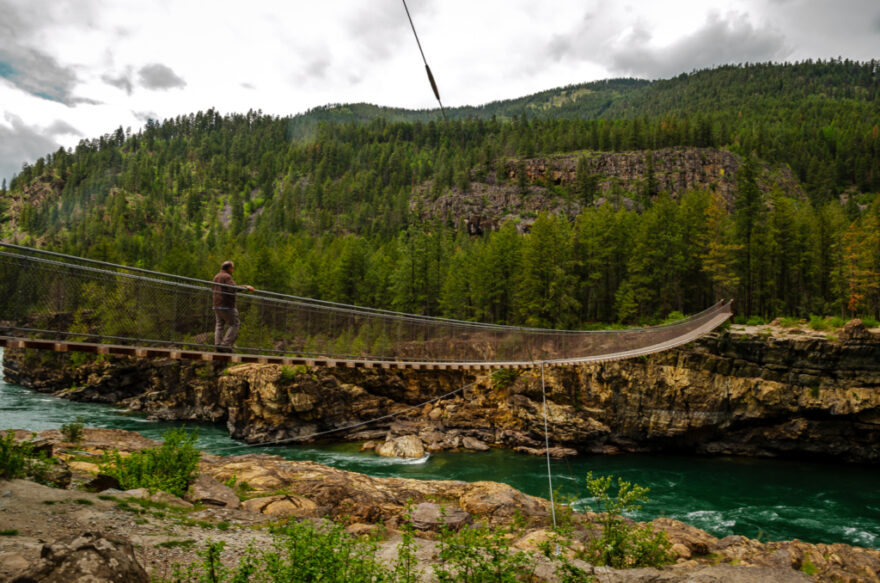
Fall in Kootenai Valley is a sight to behold. The aspen and cottonwood trees turn golden, creating a stunning contrast against the evergreens and the deep blue skies. The crisp air makes for comfortable hiking, as the cooler temperatures are perfect for longer treks without the summer heat.
Temperatures in September range from the 60s to 70s Fahrenheit (15-24°C), gradually cooling down as the season progresses, making it a comfortable time to explore the outdoors. This is the perfect time for photographers and nature enthusiasts. The valley’s landscapes are painted with vibrant hues of red, orange, and yellow, making every turn on the trail a photo opportunity.
The wildlife is still active, with animals like moose and black bears preparing for winter, often spotted in the lower elevations. As the crowds thin out after Labor Day, you can enjoy a more peaceful experience, perfect for those looking for solitude or a quieter connection with nature.
On the other hand, by November, the weather starts to turn colder, and some facilities may close for the season, so plan accordingly. The first snowfalls can also begin during this time, signaling the transition to winter.
Winter: December to February
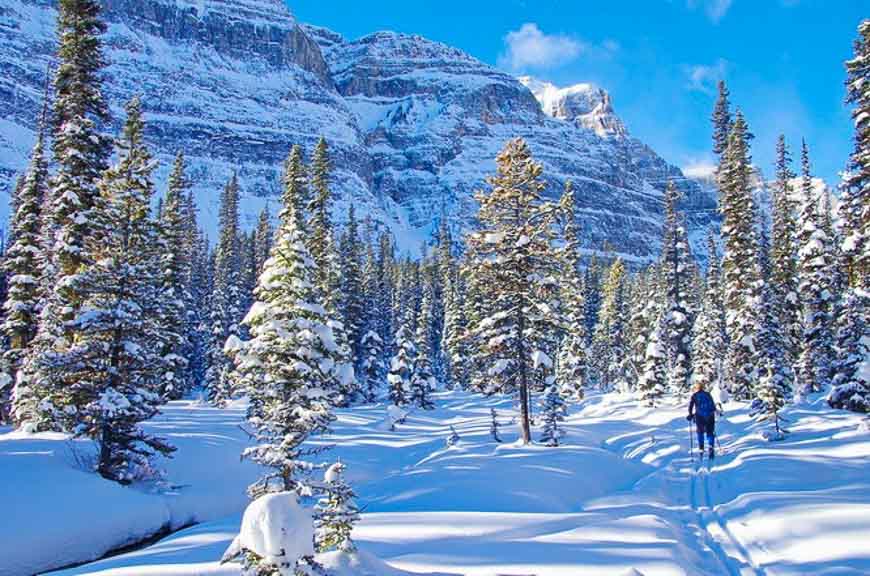
If you’re a fan of winter sports, Kootenai Valley won’t disappoint. The valley is blanketed in snow, creating a winter wonderland perfect for skiing, snowshoeing, and snowmobiling. The local ski resorts offer a range of slopes for all skill levels, while the backcountry provides opportunities for cross-country skiing and snowboarding. Temperatures can range from the teens to 30s Fahrenheit (-10 to 1°C), so bundle up with warm clothing and gear.
Winter also offers a quieter, more introspective experience, with the serene beauty of snow-covered landscapes providing a peaceful escape. The crowds are gone, and you can enjoy the serenity of snow-covered landscapes, where the only sounds are the crunch of snow underfoot and the occasional call of a winter bird.
Just be prepared for cold weather and limited accessibility to some areas, as not all roads and trails are maintained in the winter. The roads can be challenging, so a 4-wheel drive vehicle is recommended, and always check the weather forecast and road conditions before heading out. For those who enjoy a bit of relaxation, the area’s hot springs are a perfect way to warm up after a day in the snow.
Year-Round Attractions
No matter when you visit, Kootenai Valley has something special to offer. The Kootenai National Wildlife Refuge is a must-see for bird watchers and wildlife enthusiasts. The valley also boasts several historical sites, such as the Kootenai Falls Swinging Bridge, which provides stunning views of the falls and the surrounding area.
Unique Seasonal Activities
- Spring: Wildflower walks and bird watching.
- Summer: Lake activities, hiking, and fishing.
- Fall: Scenic drives and photography.
- Winter: Skiing, snowshoeing, and hot springs.
Conclusion
Kootenai Valley is a year-round destination, each season offering unique experiences. Choosing the best time to visit Kootenai Valley depends on your interests and tolerance for different weather conditions. Just remember, the best trips are those planned with the right information. So pack wisely, check the weather, and get ready for an unforgettable journey.
Related Posts:
- 10 Best Coffee For Cold Brew 2024 - Top Quality Brands
- 20 Best Gaming Headset Under 50$ 2024 - for PC, PS4,…
- Top 10 Best Office Chair Under 200 2024 - Ergonomic…
- Top 10 Best Scrubs For Women 2024 - Pants for Nurses…
- Top 10 Best Office Chair Under 100 2024 - Cheap,…
- Top 10 Best Outdoor Basketball Shoes 2024 - Durable…

